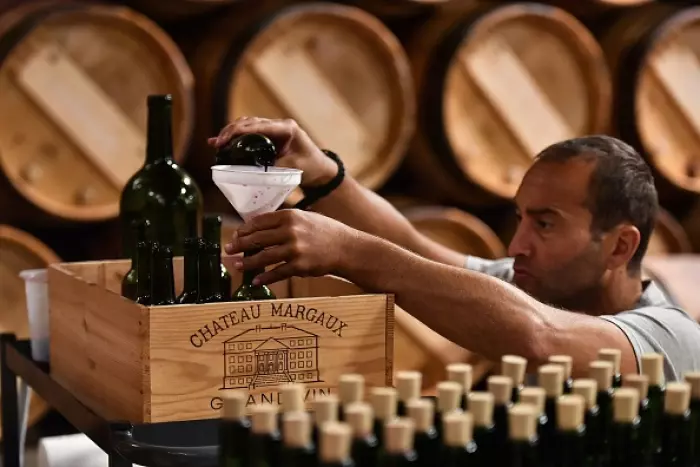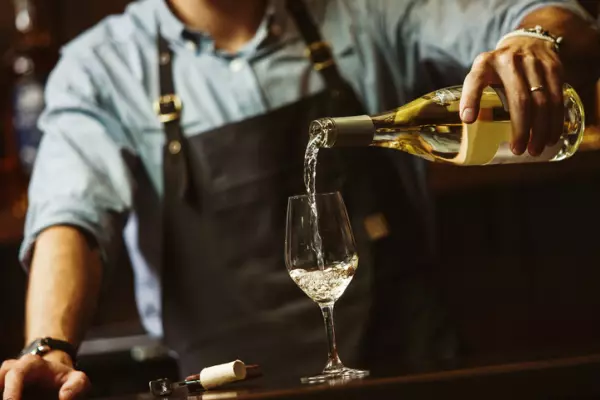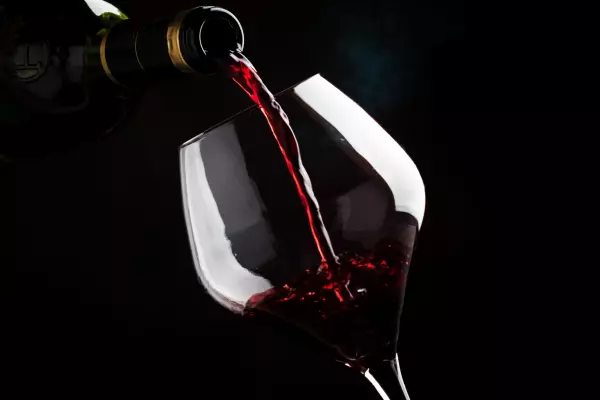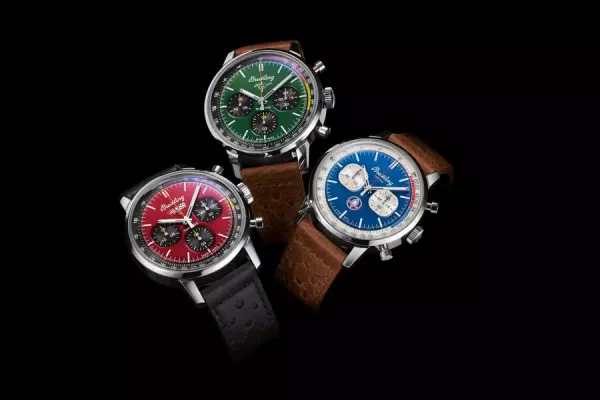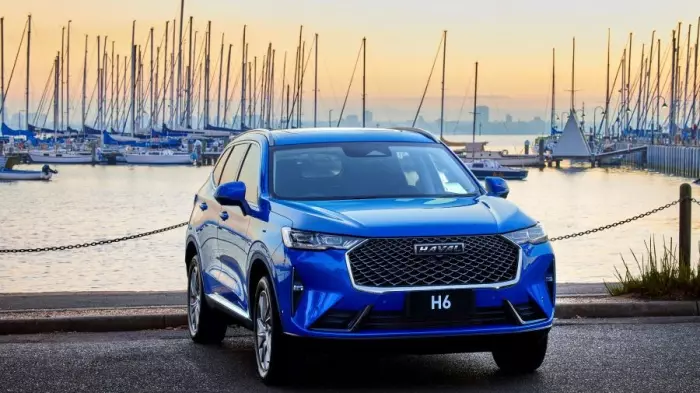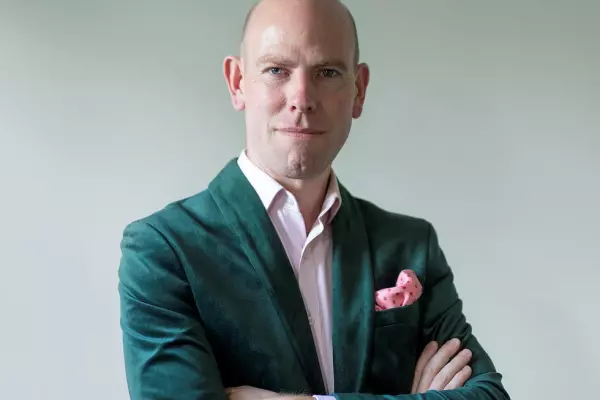Bottles of wine with a reassuringly expensive price tag are unlikely to feature on wine-shop shelves or price lists. Instead, the big-name Bordeaux and Burgundies are allocated by producers anxious to control their price and supply. You want 12 bottles? You can have three. Wine importers are unlikely to discount highly sought-after wines that are in short supply.
Wine retailers lucky enough to get a few bottles with a four-digit price tag tend to discreetly allocate them to favoured customers rather than openly offering them for sale.
“Most are pre-sold before they arrive,” says Scott Gray at French fine wine specialist Maison Vauron. “For example, we sell most of our allocation of Château Pétrus this year for $2750, plus landing charges of $600, to ‘en primeur’ customers [who buy the wine while it is still in the barrel at the vineyard]. Full retail price for Pétrus is usually $5000 per bottle, and up to $10,000 for a good vintage.”
Maison Vauron’s website offers Château Pétrus 2006 for $6500 and the superior 2005 vintage for $8050.
Which wines crack through the $1000 barrier and why are they perceived to be worth the money? I analysed the on-line price lists of Maison Vauron and another leading retailer, Peter Maude Fine Wines. Bordeaux accounted for 15 wines over $1000 while Burgundy had a more modest total of six. All were red wines, although Gray pointed out that the white burgundy, Montrachet, has a price tag of $1400 to $1500 – when it is available.
Bordeaux winemakers owe a great debt of thanks to a classification of the wines of the Médoc (a sub-region of Bordeaux) in 1855 which established a pecking order based on price. This identified the top 61 producers and further divided them into five Growths (groups). The top five producers (initially four) are known as First Growths. They are Château Lafite Rothschild, Château Margaux, Château Latour, Château Haut-Brion and Château Mouton Rothschild. Their exalted status allows them to charge more for their wines. That significant extra income helps them to produce better wines and to maintain their place on the classification. The classification has thus become a self-fulfilling prophecy.
I asked Jo Charvill at Peter Maude who buys wines over $1000 and do they buy for pleasure or profit. “Wine is a hobby. They typically have a wine cellar and are happy to hold their wines until they are mature. The chateaux owners would like us to sell their wines to people who will drink it. They prefer to see their wines on wine lists rather than in cellars. The French love their wine to be drunk and enjoyed. We prefer to sell to people with a passion for wine.”
Scott Gray at Maison Vauron agrees that few customers are buying for investment. Most buy bottles rather than cases and simply want to try the very best now and again. “I have a Russian customer who occasionally buys a few bottles of very expensive wine at shelf prices. I encouraged him to save a bit of money by buying ‘en primeur’ but he prefers to pay a premium and get the wine straight away rather than waiting for a couple of years.
“The price of Bordeaux has risen dramatically in recent years,” says Gray. “For example, the 2000 vintage was the most expensive ever by 100%. The 2005 vintage averaged twice that figure, while the 2009 vintage doubled again. The China market has traditionally had an insatiable appetite for Bordeaux, although demand has eased recently.”
Gray believes that reduced supply has caused prices to rise. “Quite a number of Bordeaux chateaux are introducing a second, third or fourth label for the first time, which shrinks the volume of the wines with more exalted labels.”
Charvill agrees that allocations are getting smaller, but blames inclement weather such as frosts.
Reece Warren of the Wine Auction Room frequently sells wines with a $1000-plus price tag but concedes it is a fairly small market. Most are Bordeaux and Burgundy, although he recently sold three to four bottles of Penfolds Grange with a four-digit price tag. “Grange has had a massive step up in price. Grange has become a seller’s market.”
New Zealand’s most expensive wine is Destiny Bay 2019 Magna Praemia, but its price tag of $550 falls well short of the $1000 mark. I predict that a blended red will bust through the barrier within the next decade. The challenge is to predict which wine.
Bob’s Top Picks
Investment Wine

2020 Felton Road Block 3 Pinot Noir, Central Otago, $116
Refined, dense pinot noir with floral/violet, dark cherry/berry, spice and cedar wood flavours that are restrained by plum, ripe tannins. A classy Felton Road pinot noir that clearly shows plenty of cellaring potential. It has a seductively lengthy finish.
Weekend Wine
Top White

2020 Pencarrow Chardonnay, Martinborough, $28
Bright, fresh and flavoursome chardonnay with nectarine, apricot, struck flint, toast and root ginger flavours supported by a backbone of bright acidity and fine tannins to give a truly dry finish.
Top Red

2019 Main Divide Pinot Noir, North Canterbury, $24.99
Bright, fresh, high energy pinot noir with black cherry, plum, dried herb and spicy oak flavours. An honest (no shortcuts) wine that shows good varietal character and offers value at this price.
Read more from Bob at therealreview.com


